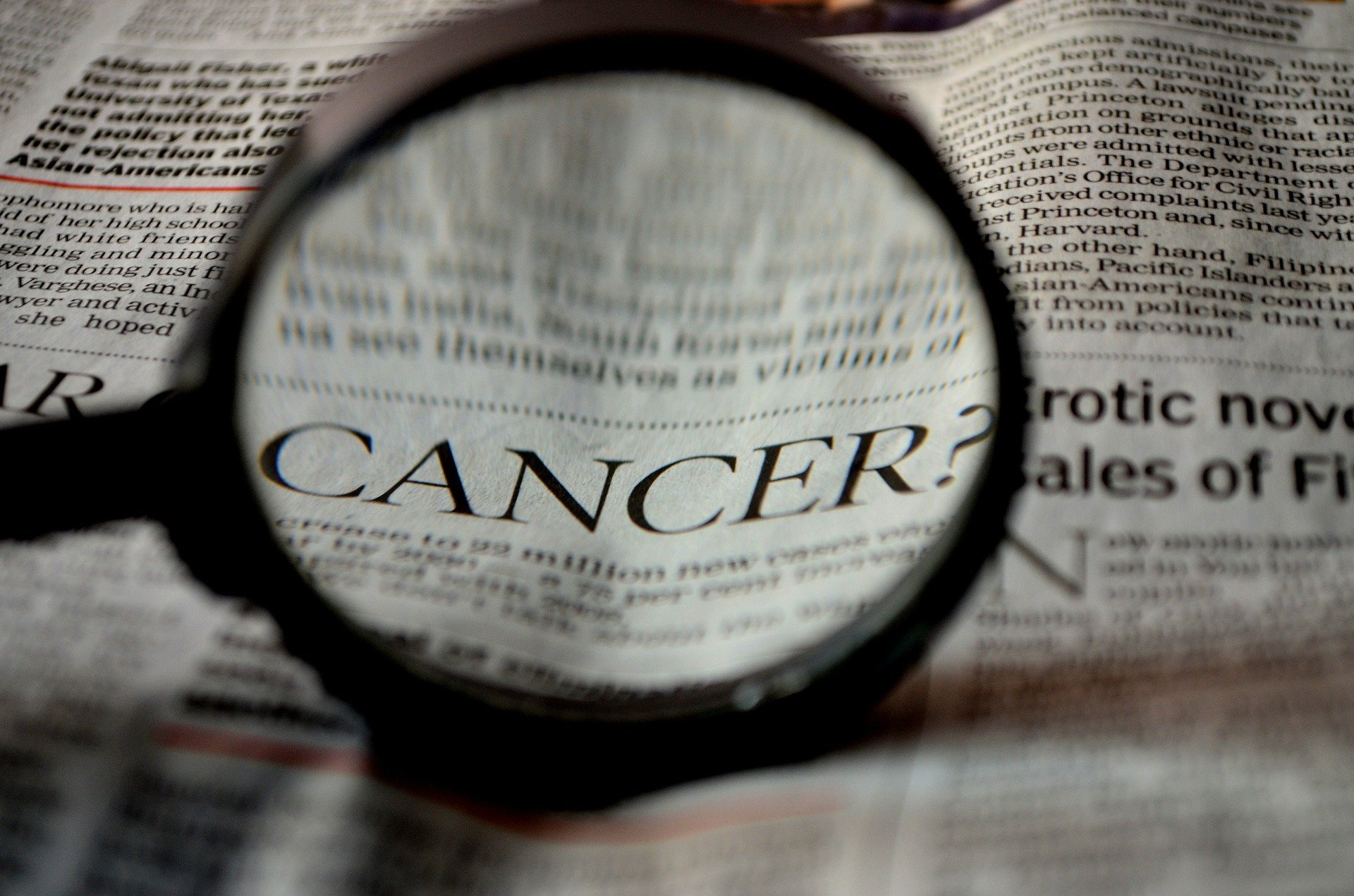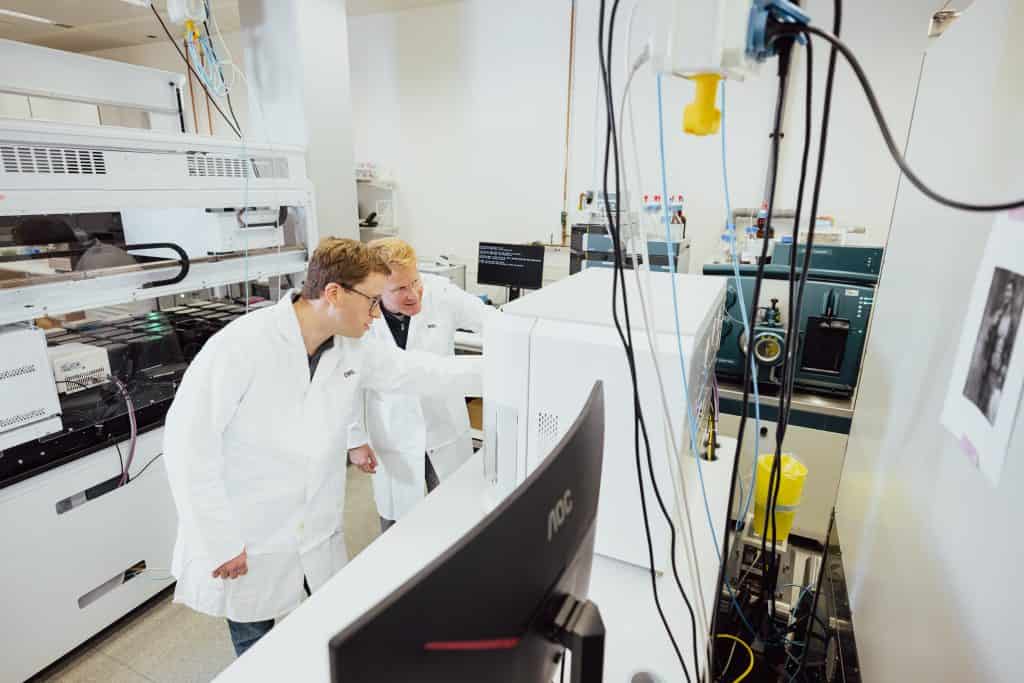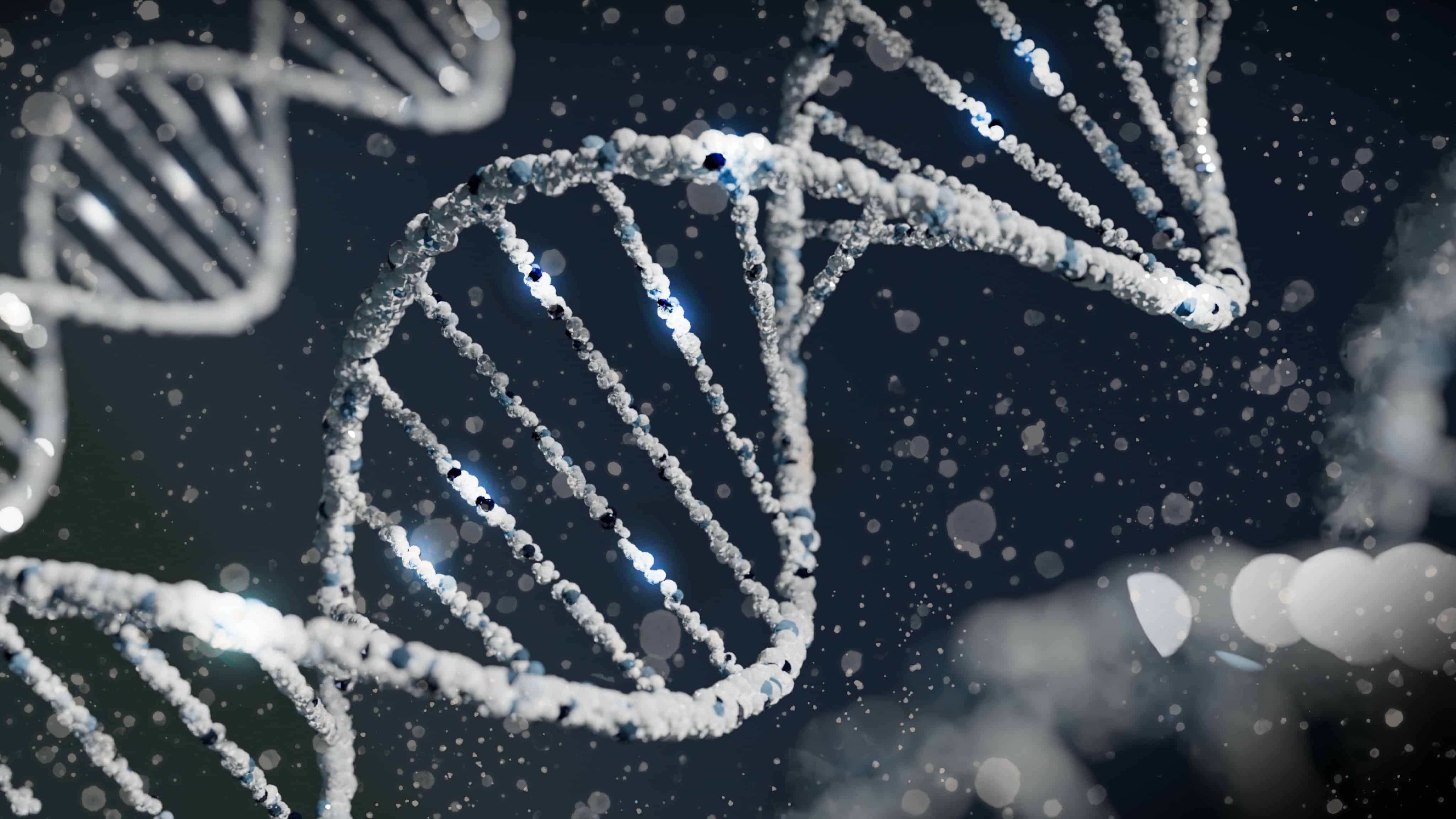
Scientists at City of Hope have achieved a major breakthrough in cancer treatment, developing a targeted chemotherapy named AOH1996 that shows promise in annihilating all solid tumors in preclinical research. This unique therapy selectively disrupts DNA replication and repair in cancer cells, leaving healthy cells untouched. It specifically targets a cancerous variant of the protein PCNA, which plays a critical role in DNA replication and repair in expanding tumors. AOH1996 is currently undergoing a Phase 1 clinical trial, and preliminary results show no toxicity to normal cells, further emphasizing its potential. The drug has shown effectiveness in treating various types of cancer cells and could be potentially used in combination therapies.
- AOH1996 is a promising new anti-cancer drug developed by City of Hope that targets PCNA to stop cancer cell replication.
- Preclinical research shows AOH1996 is effective against many cancer types and can enhance other therapies with minimal toxicity.
- City of Hope has now started Phase 1 clinical trials to evaluate AOH1996’s efficacy and safety in human cancer patients.
A breakthrough in cancer therapy
City of Hope, one of America’s largest cancer research and treatment organizations, has been instrumental in the development of AOH1996. This breakthrough has been hailed as a significant advancement in the fight against cancer. The novel approach of AOH1996 is its ability to selectively target the proliferating cell nuclear antigen (PCNA), a protein that is essential in DNA replication and repair within expanding tumors. Prior to the development of AOH1996, PCNA was considered an “undruggable” target.
The drug’s ability to target a cancerous variant of PCNA while leaving healthy cells unharmed sets it apart from other existing treatments. Most therapies focus on a single pathway, allowing cancer cells to mutate and develop resistance over time. However, the unique mechanism of AOH1996 circumvents this issue.
From lab research to clinical trials
Preclinical research has shown that AOH1996 effectively treats cells derived from various types of cancer, including breast, prostate, brain, ovarian, cervical, skin, and lung cancers. Additionally, it has demonstrated the ability to suppress tumor growth without causing toxicity when used either as a monotherapy or in combination with other treatments.

City of Hope has now embarked on a Phase 1 clinical trial further to evaluate the therapeutic’s efficacy and safety in humans. The clinical trial, expected to continue for the next two years, aims to determine the maximum tolerated dose of AOH1996 and evaluate its preliminary efficacy in adults with solid tumours who have not responded to standard treatments.
AOH1996: A potential game-changer
One of the most promising aspects of AOH1996 is its potential use in combination therapies. In laboratory tests, the drug has shown to enhance the susceptibility of cancer cells to agents that damage DNA or chromosomes, such as the chemotherapy drug cisplatin. This suggests that AOH1996 could be used in combination therapies and aid in the development of new chemotherapeutics.

Moreover, AOH1996’s specific targeting of PCNA and low toxicity make it a strong candidate for combination therapies in cancer treatment. This could reduce current therapeutics’ dose and minimise overall treatment toxicity.
City of Hope: Pioneering advances in cancer treatment
City of Hope’s history of groundbreaking translational research, including the development of synthetic human insulin and monoclonal antibodies, has been pivotal in the development of AOH1996. With the infrastructure and support of City of Hope, promising laboratory discoveries like AOH1996 can be accelerated into clinical trials for patients who need new treatments today.
As researchers continue to investigate the mechanism of action of AOH1996, there is optimism for the future. If approved by the U.S. Food and Drug Administration, AOH1996 could be combined with existing therapies to enhance cancer-killing effects and decrease side effects related to life-saving cancer treatments.






